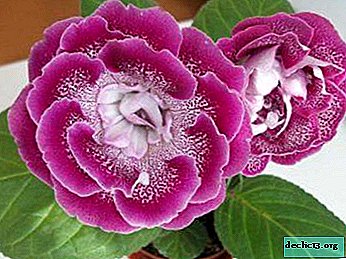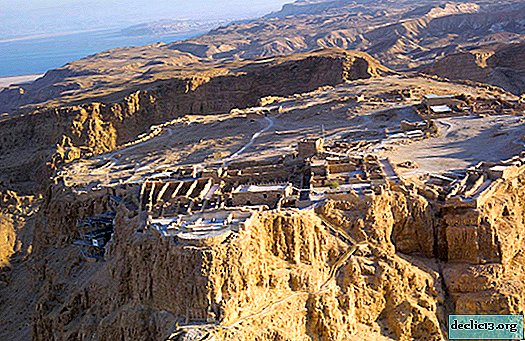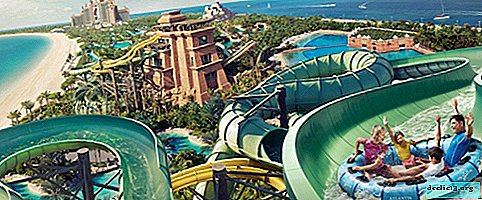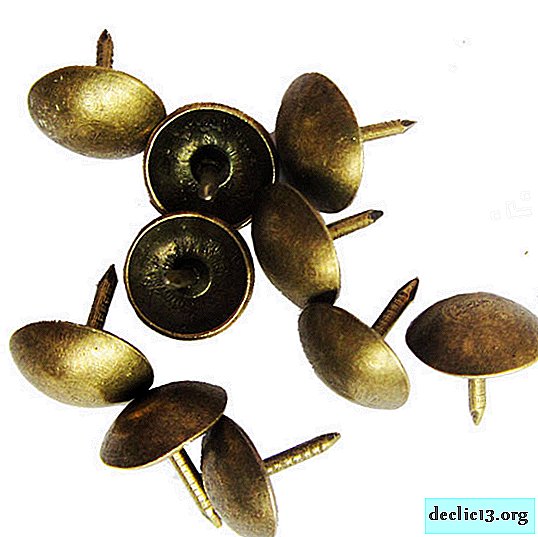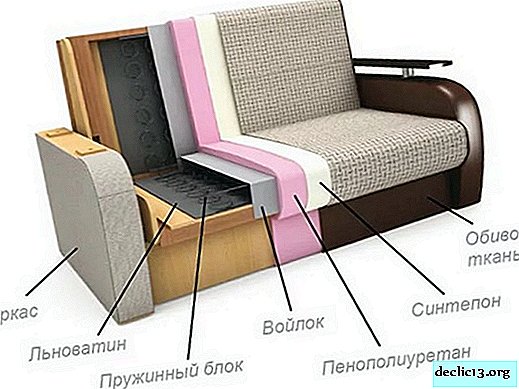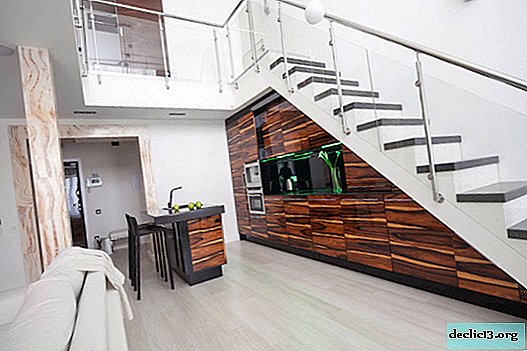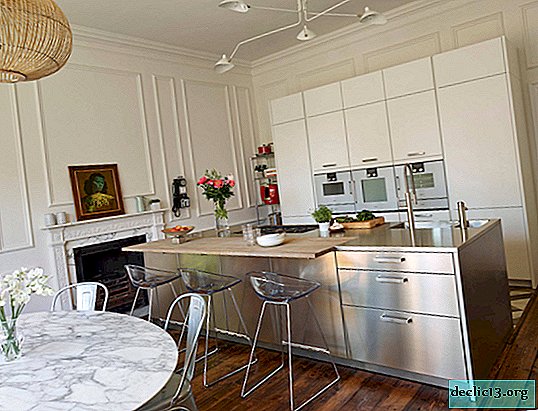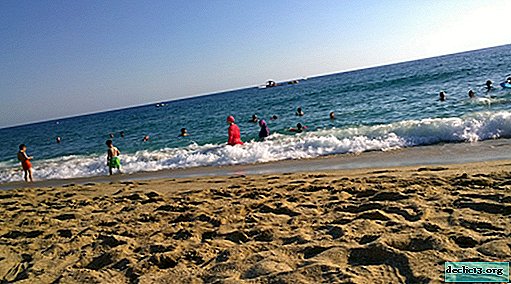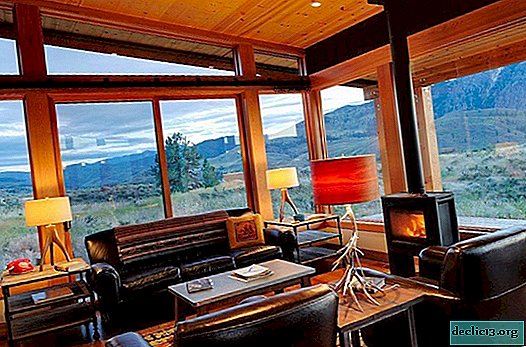Kotor city - a visiting card of Montenegro
The city of Kotor is rightfully recognized as the most beautiful and memorable settlement of Montenegro. It is located on the coast of the Bay of Kotor. A wide strip of land and mountains reliably protect the city from the wind. Kotor is divided into two parts, for tourists the Old Town is of most interest, it is here that there are all the attractions that have been perfectly preserved for many centuries. When planning a trip to Kotor, be sure to make a route for yourself to see all the most outstanding.
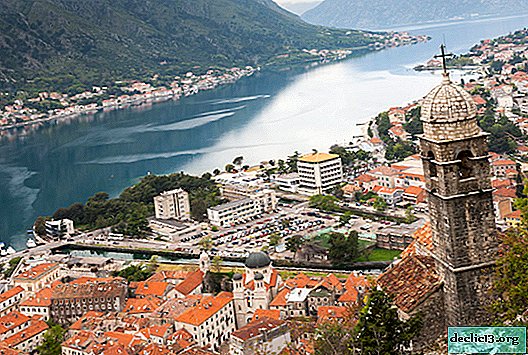
Historical excursion

The history of the small town of Montenegro begins in ancient times, however, historians and archaeologists suggest that people inhabited the territory of Kotor already in the Stone Age. Then the Romans conquered the land and founded the city of Akruvium. After the collapse of the empire, the Byzantines settled here. In 535, they built a powerful fortress around the village, its remains have survived to this day and rise above the city, recalling the greatness and power of Byzantium.

Since the beginning of the XII century, representatives of the Serbian Nemanich dynasty ruled in Kotor. During the years of their reign, Kotor has become one of the largest ports on the Adriatic coast. Thousands of ships with a wide variety of goods stayed here. During this period, the monks of the Dominican and Franciscan orders settled here. It so happened historically that the local population professes Catholicism, and Orthodox churches appeared only at the end of the 19th century.
At the beginning of the XV century the reign of the Nemanichs ended, the city was under the control of the Republic of Venice. This state of affairs persisted until the second half of the 18th century. For such a long period, the city of Kotor has been actively developing and its appearance has become as much as possible resembling a modern appearance. That is why some of the houses are made in the Venetian style.
During the reign of the Venetian Republic, the Turkish army did not enter the territory of the city.
In 1814, Kotor became part of the Austro-Hungarian Empire, and remained under its control for 104 years.
Kotor City - general information

According to glossy travel magazines, the most beautiful and picturesque city in Montenegro is Kotor, it is called the pearl of the Adriatic, located on the coast of the picturesque Boka Kotorska Bay at the foot of the mountain range.
Here you can look at the rich cultural heritage left over from the days of the Most Serene Republic, the warm sea and a bronze tan. Keep in mind that local beaches are more reminiscent of city promenades, but, nevertheless, this does not spoil the rest. If you want a comfortable beach, visit neighboring cities.
All of Kotor is located along the coast and occupies the southeastern part of the Bay of Kotor. The streets are located directly at the foot of the Lovcen massif and the hill. The area of the city is more than 350 square meters. km
Directly in Kotor today lives a little more than 5 thousand inhabitants, among them 53% are Montenegrins, 24% are Serbs.
Climate

The climate is determined by the geographical location of the village and landscape features. In summer, this part of Montenegro is warm and dry, and winters are wet and mild.
The hottest weather is set in July (average temperature + 25 ° C), the coldest month is January (average temperature + 7.5 ° C). Autumn temperature graph is 2 ° C warmer than spring.
Most of the rains in the Boka Kotorska Bay area fall in autumn and winter. The swimming season in Kotor lasts up to 150 days a year.
Sights of Kotor
According to historians and experts in the field of tourism, the Old Town of Kotor itself is a tourist attraction. A mixture of cultures, religions left their mark on every street.
Let's start a fascinating journey around Kotor.
City gate
You can enter the city in three ways:
- sea gate - the main entrance that leads to the Arms Square;
- from the south guests are greeted by the gates of Gurdich;
- in the north there are river gates, recognized as a memorial sign reminiscent of the crushing victories of the Kotor army.
For the flow of visitors to the city, the easiest way through the main entrance is the sea gate. But it’s more difficult to get through the other two entrances.
Fortress of St. John
To the question - what to see in Kotor - travelers unequivocally answer - visit the fortress of St. John. Locals call it with a slight Italian accent - San Giovanni.
The fortress was built during the reign of the Republic of Venice and modernized by the Austro-Hungarians. The construction so harmoniously supplements and fits into the landscape that on a cloudy day its walls merge with nature.

You can get to the top of the fortress in two ways:
- Paid. The cost of 3 euros. Pay the fee and climb the stairs. The road is quite narrow, you have to pass or overtake other tourists. From November to March, stairs can be climbed for free. The rise time is 1 hour.
- Free. An old Austrian road, located behind the hydroelectric station, leads to the sights. Then you can go down the stairs to the Old Town. The rise time is 1.5 hours.
From the point of view of comfort, the second path is preferable, since it is more convenient to climb a gentle primer than a ladder. In addition, there is something to see on the road - on the one hand the sea, on the other - mountains, and on the third - a fortress. The main advantage is that there are no crowds.
Advice! If you are going to climb to the top, take water and a snack with you. Do not rush, otherwise at the end of the path you will forget why you went for a walk and you will only feel tired. Enjoy the road, fresh wind, the beautiful nature of Montenegro.
In the immediate vicinity of the fortress is the Church of St. John, one and a half thousand steps lead to it, on the way there is the Church of the Virgin Mary Zdravye.
Once in the Old Town, from the first seconds you feel the special aura that reigns here. Vibrant and dramatic historical events are reflected in the cunning interweaving of streets, the architecture of ancient buildings, the grandeur of churches, and the luxury of elite palaces. Not surprisingly, Old Kotor is a UNESCO World Heritage Site.
 Armory Square
Armory SquareBe sure to walk through all the areas of the city. Start with the Armory, where the Clock Tower, built in the 17th century, is located.
If you think that in the world only one Leaning Tower of Pisa has leaned under its weight, you are mistaken. The clock tower, unable to withstand the onslaught of earthquakes, also bent a little, which now attracts interest. There are sights on the square: Arsenal, security tower, city theater, and shameful pillar, where the indictments were announced.
Temples Temple of St. Tryphon
Temple of St. TryphonThe most noteworthy is the Catholic Cathedral of St. Tryphon. Here lie the relics of the patron saint of the city - St. Tryphon. Part of the temple is reserved for the museum, which contains exhibits of a millennium and some of them can be touched. Entrance fee - 2.5 €.
Orthodox Church of St. Nicholas appeared in the last century. Here is stored a unique icon of the Mother of God. Services are held every day, you can attend them and put a candle. Visitors here celebrate a special peaceful atmosphere.
 Church of St. Luke
Church of St. LukePetite Church of St. Luke are located on the square of the same name next to other temples. It was built in the 12th century, and since the 17th century, in addition to the Catholic, there have been services for Orthodox believers.
Church of St. Michael made in the gothic style. Earlier in its place was the Benedictine monastery. The 1979 earthquake significantly damaged the building, after which services are not conducted in it.
Maritime Museum
The museum is not very large in size, but its exposition is quite rich. Here are models of ships, collections of firearms and knives, household items of sailors, their shape, etc. All these exhibits give an idea of the life of the population of Kotor in the old days.
Entrance fee is 4 €. The price includes an audio guide (available in Russian), which tourists recommend using - the information provided is interesting.
Karampan Well
One of the symbols of the city of Kotor, which appeared in the XVII century. For a while, this well was the only source of drinking water, so many people always gathered here. The tradition has been preserved today - meetings are often scheduled near the sights.
Given that this is an ancient city, there are no shopping and entertainment complexes on its territory, but there are cafes, restaurants and shops with handicrafts.
Practical information
AccommodationFrom November to March, apartment prices range from 25 to 60 € per day. During the holiday season, the cost of living is much higher.Find out RATES or book any accommodation using this form
How to get to Kotor
The nearest airport to Kotor is in Tivat.
By bus Kotor Bus Station
Kotor Bus StationBuses regularly run from Tivat Airport and the city of Budva to Kotor, fare from 3 to 3.5 €. The duration of the route is half an hour. Comfortable buses should leave every 30 minutes, but in fact they leave with a delay of 5 minutes to a quarter of an hour.
By carYou can get to Kotor by car from anywhere in Montenegro. From Budva, the journey takes about 20 minutes.
With a guided tourYou can book a group tour. Its cost from Budva is from 15 to 20 €. But if you want to enjoy the atmosphere of the city, it is better to travel yourself. By the way, in Budva there is also where to go and what to see on your own.
It is important! As part of a study tour of the Boka Kotor Bay, only one hour is allocated for the inspection of Kotor. In such a short time it is impossible to normally explore the city.
Travelers who have been to Kotor delightfully say that absolutely everything is liked here. It has a special charm in linen and clothes hung on the ropes, peeling stucco, a lively, vivid story of every house, every street, musicians who play in the open.
Compare accommodation prices using this form
Boka Kotorska Bay

Boka Kotorska Bay is the largest in the entire Adriatic. This is the business card of Montenegro - a unique creation of nature itself. Everyone who was fortunate enough to visit the bay and look at its beauty, describe the place with exclusively enthusiastic epithets.
Kotor Bay is a fjord bordering the Croatian border in the southwestern part of Montenegro. Tourists start exploring the bay from its capital - Kotor. After strolling along the crooked streets, feeling the atmosphere of ancient temples and admiring the view of sea cruise liners, you can have a bite to eat in one of the many restaurants.
City Perast
On the shore of the bay there is the city of Perast - the historical center of navigation. Peter I sent here to educate the boyars. The city has only one street and 400 inhabitants.
Public transport does not go here, people move on foot, on bicycles and segways.
There are relatively high prices, since Perast is an elite resort in Montenegro.
To two small islands - Gosuda Shkrpela (Virgin Mary on the cliff) and Sveti George cruise boats.
 Island Gospa od Szrpjela
Island Gospa od SzrpjelaAll excursions involve a visit to Gospa od Skrpela. The cost will be several euros. You can also rent a separate boat - a kind of water taxi, you will have to pay 10-15 euros. For this amount you will be taken to the island and returned to the city. The second island is closed, it has a Catholic abbey and a cemetery.
Every year in July in Perast, Fashinada is held - a regatta in which sailing yachts from different countries take part. The holiday, one of the most attractive and luxurious events in the Boka Kotor Bay region.
You can have a meal in the city at two fish restaurants - Stari Mlini (www.starimlini.com) and Ćatovića Mlini (Chatović Mlini - www.catovicamlini.me), they meet their guests directly in the open.
Natural attractions of the bayAnother city of Boka Kotorska Bay is Herceg Novi. The village is also divided into two parts - the old and the new, however, the most fascinating for the tourist is located in the district.
 Fortress Spanola
Fortress SpanolaThe city of Španiola rises above the city. It offers a surprisingly majestic and beautiful view of the city. On a pleasure boat you can visit the city of Rosa and natural attractions:
- one of the best beaches in Montenegro - Zhanits;
- Blue cave;
- Fortress island of Mamula.
There is no sand on Zhanitsa beach, but it's quite comfortable to relax here. There are cafes, restaurants, parking, toilets and comfortable changing rooms.
 Blue cave
Blue caveBlue Cave - 5 m deep grottothrough which the ships pass, here you can swim in deep blue water.
Mamula Island - Montenegrin version of Fort Bayard. The fortress, built by the Austrians in the century before last. Unfortunately, today there is no trace of its former greatness. All paths of the island lead to the cape.
If you have the opportunity to cross the border, check out Prevlaka Park, located in Croatia. In the park, traces of the world warrior and the Yugoslav conflict were quite realistic.
You can move around the bay in several ways - by renting a car, chartering a yacht or using public transport. The bus runs all over the bay and you can enjoy its beauty and regularity.

